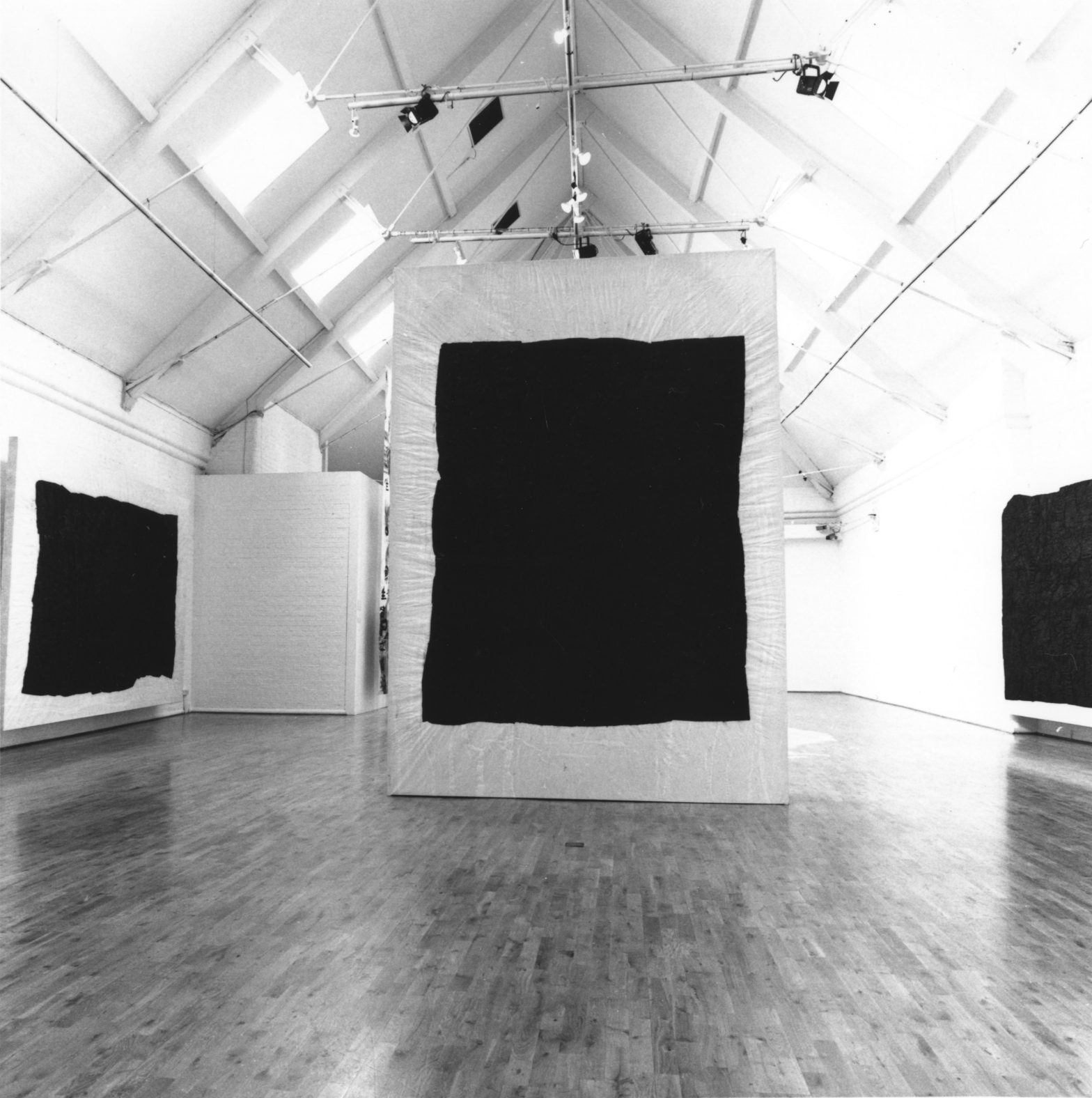In this latest Channel post, Professor Craig Clunas from the History of Art department, University of Oxford, reflects on the impact of the innovative exhibition of contemporary Chinese art, ‘Silent Energy’ held at Modern Art Oxford in 1993.
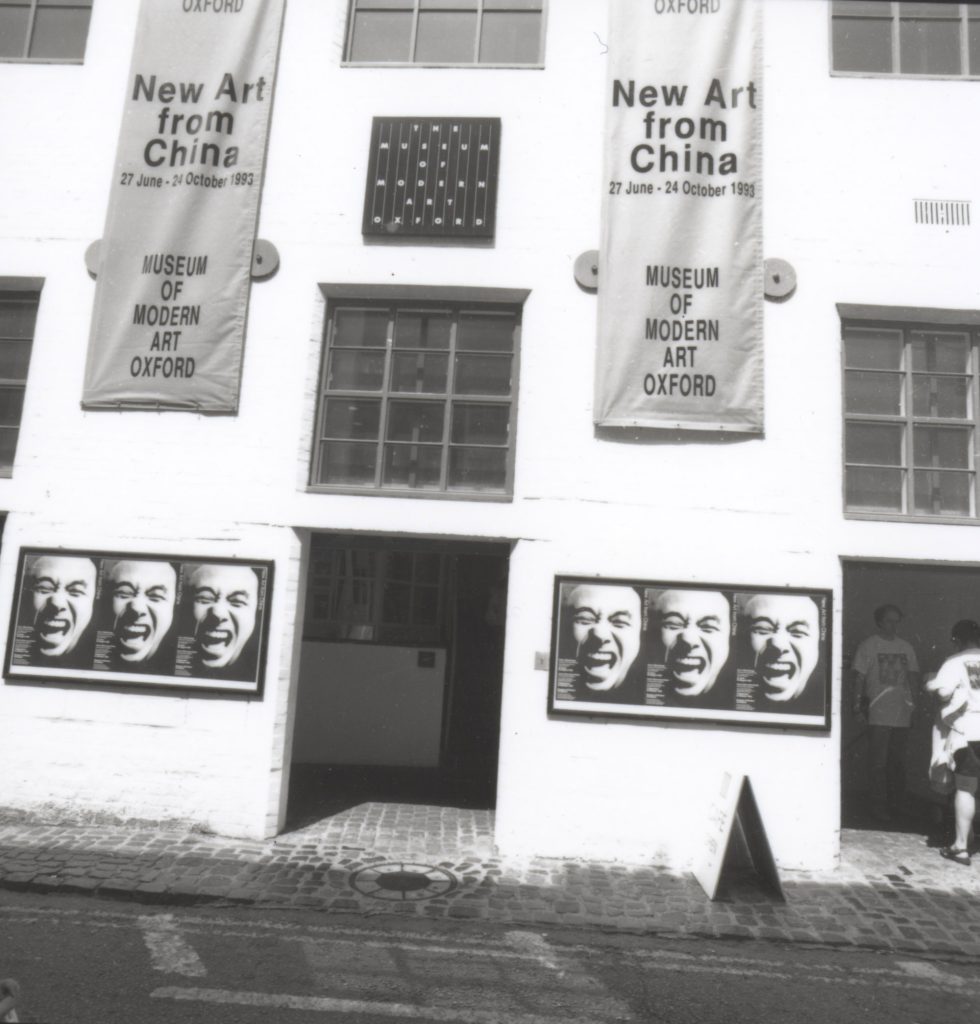
To refresh my memory of this ground-breaking show, the first time ‘contemporary Chinese art’ was shown in the UK, I went back to the review I wrote for the Times Literary Supplement in 1993, and which the sub-editor titled ‘The refusal to be exotic’. The axe I was grinding then, and have pretty much gone on grinding since, could be summed up as, ‘The refusal of “the East” to be exotic will have to cause a rethink in “the West”’. Some twenty-three years later, has this rethink happened? Can an artist born in China now get by in the world without having to be identified as ‘a Chinese artist?’
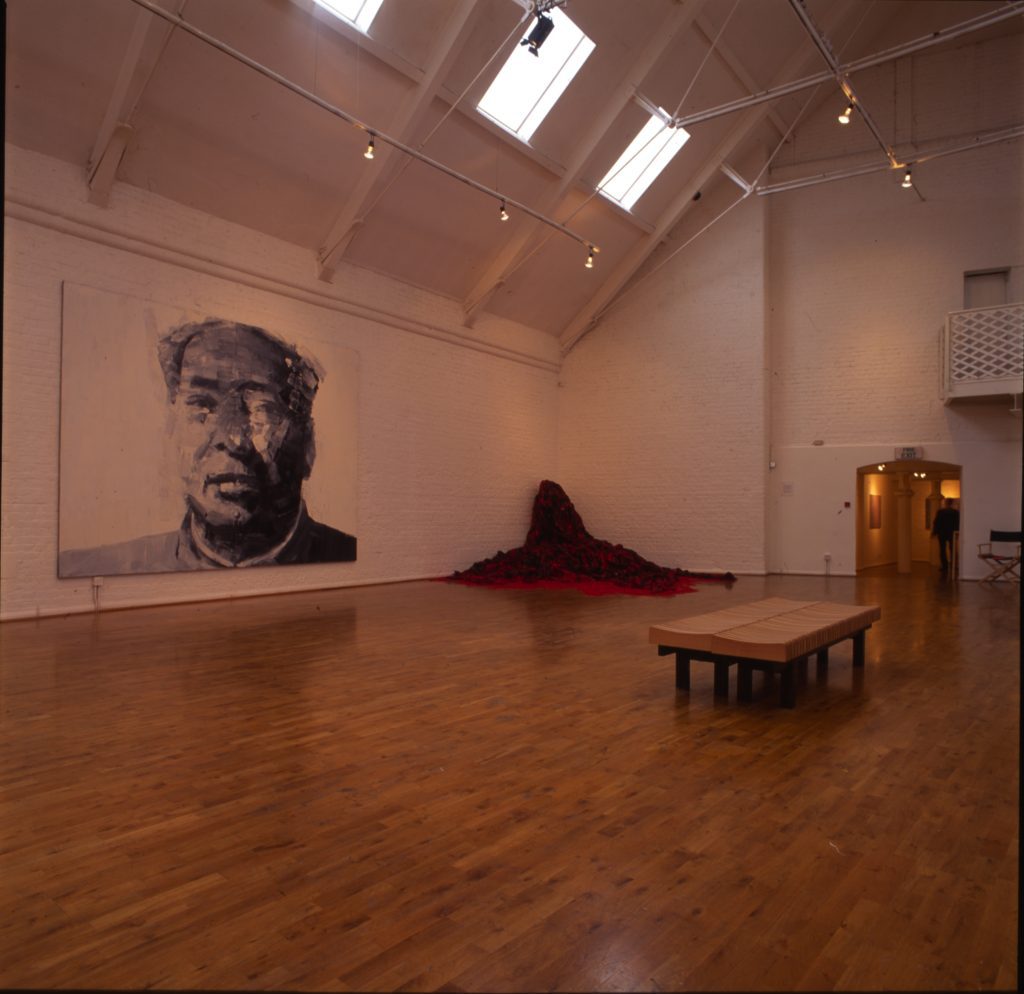
In 1993, by coincidence, Ai Weiwei (b.1957), the one artist to have achieved today the kind of global fame which was then still far away from all those exhibiting in Oxford, returned to Beijing after twelve years in the United States. He features as a marginal presence in ‘China Avant-Garde’, Part II of ‘New Art from China”, shown at Modern Art Oxford later that same year.
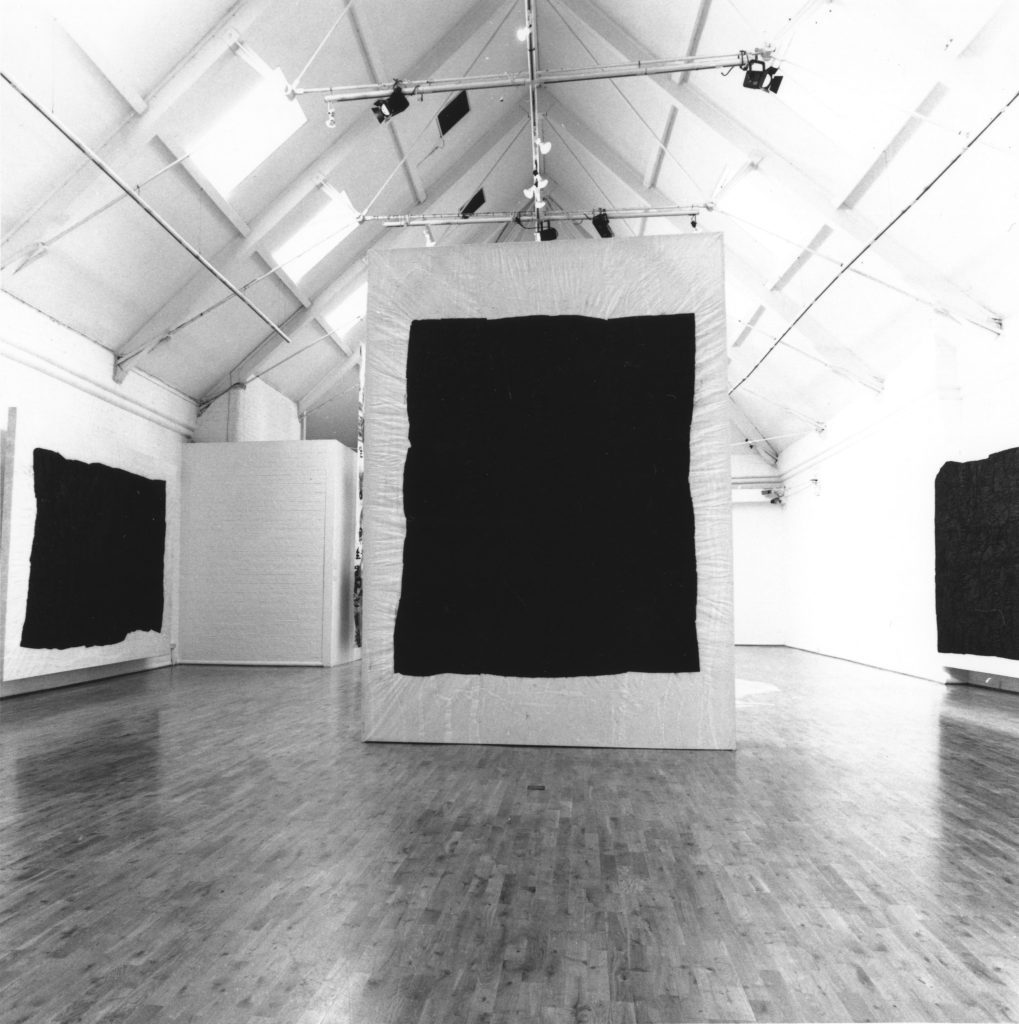
‘Silent Energy’ showed work by eight artists, seven of whom were in 1993 living outside the People’s Republic. Some have continued to do so, like Huang Yong Ping (b. 1954), whose installation ‘Yellow Peril’ was made specifically for the Oxford show, and which was responsible for an absurdist moment, when its tents full of live locusts and scorpions brought down on the gallery protests from the public about potential cruelty to animals. In my memory (this episode is unfindable on the Internet, so you’ll have to trust me), the protests involved Johnny Morris (1916-1999), once a popular presenter of children’s TV programmes featuring talking animals.
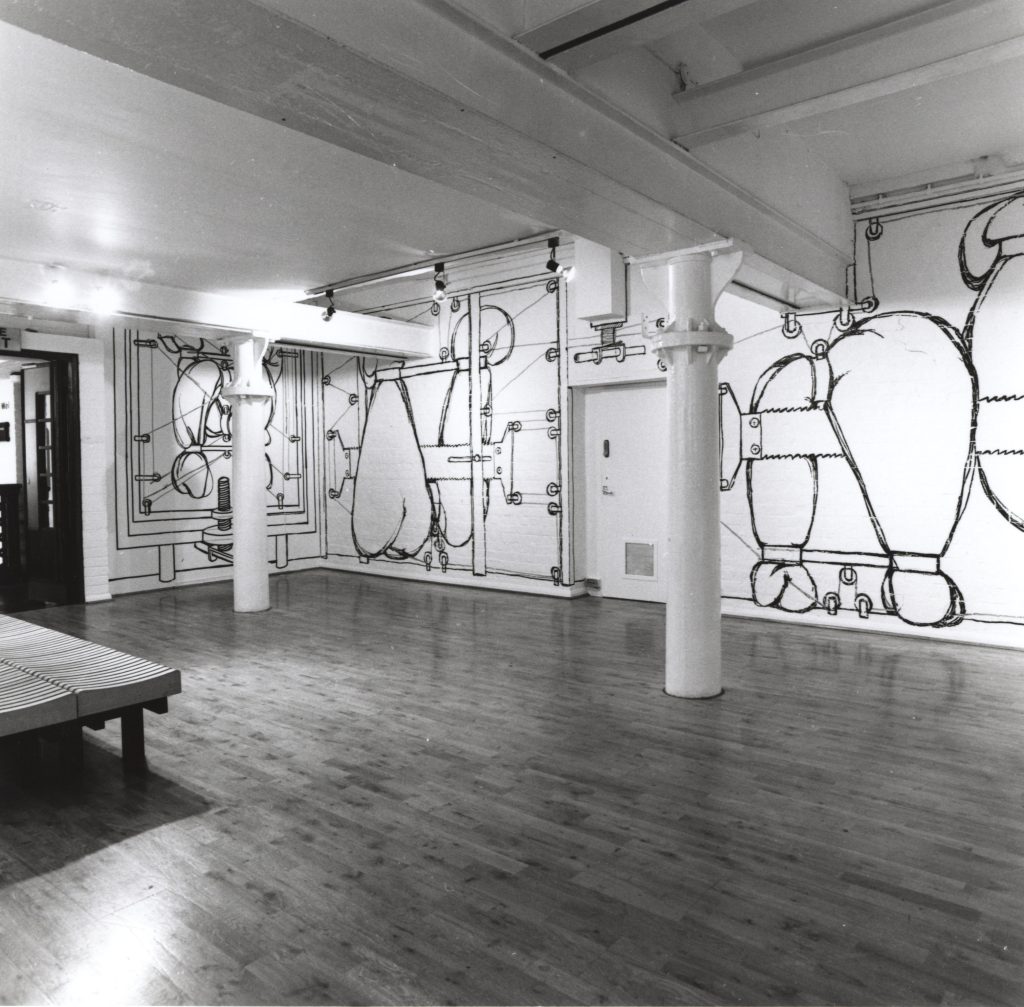
What’s striking today about almost all the artists exhibited in ‘Silent Energy’ is their canonical status; as examples, Huang Yong Ping, Cai Guo-Qiang (b.1957), Chen Zhen (1955-2000), Yang Jiechang (b.1956), Zhao Bandi (b.1966) – these are still major names. A tribute to the foresight of the show’s curators certainly, although there’s still work to be done here on the relationship between lasting fame and early success outside China, the effects of recognition and validation by the ‘international’ art world. Some of this research is currently under way, by Philip Tinari among others. Now itself a historical event, the 1993 Oxford show stands as an important point of reference, important in both acceptance of and resistance to that then newly-globalising ‘art world.’
Professor Craig Clunas has published extensively on the history of art and culture of China. He worked as a curator at the V&A Museum, London, and taught art history at the University of Sussex and the School of Oriental and African Studies at the University of London. Most recently, he co-curated the exhibition ‘Ming: 50 years that changed China,’ at the British Museum from Autumn 2014.
